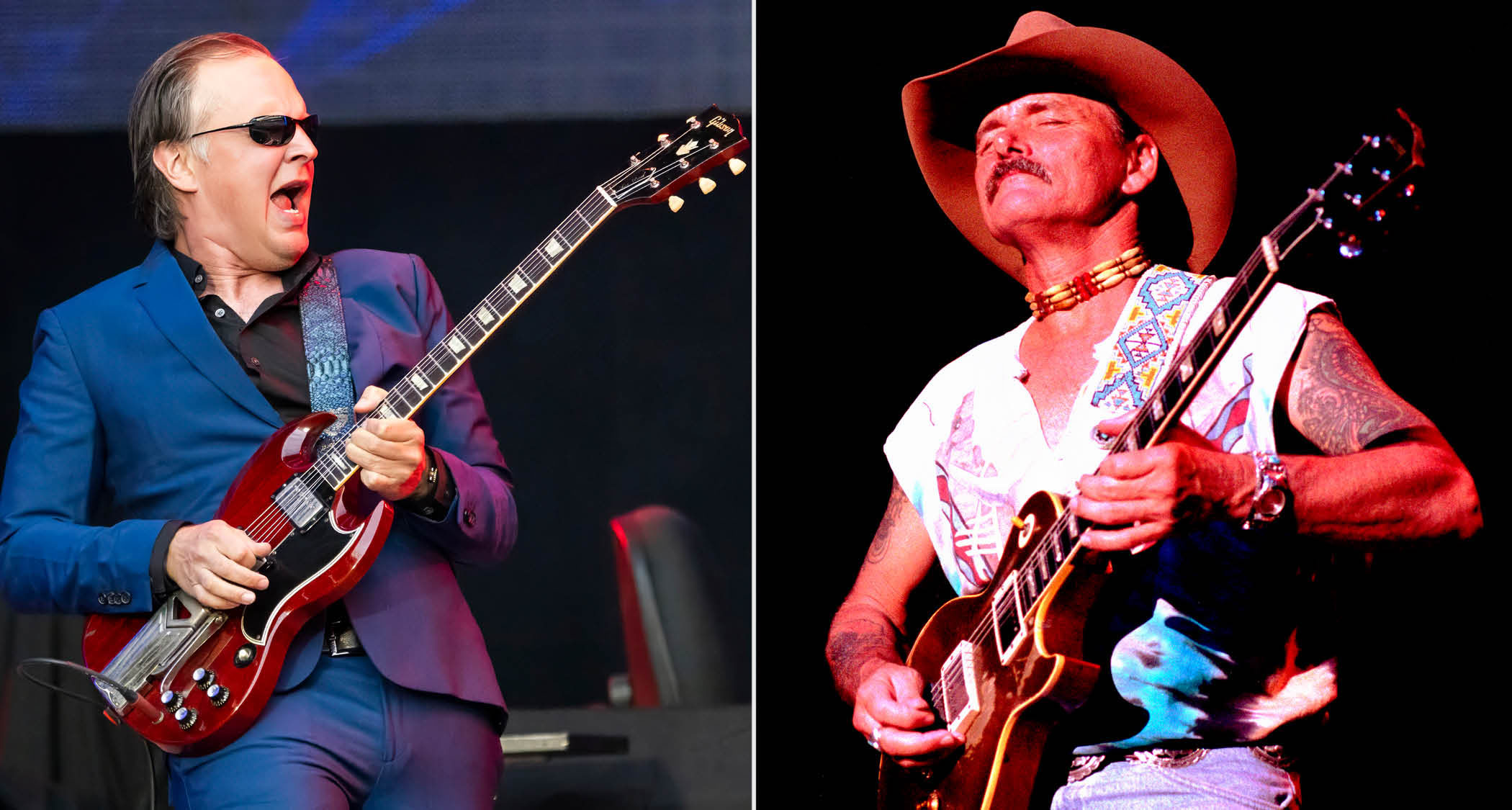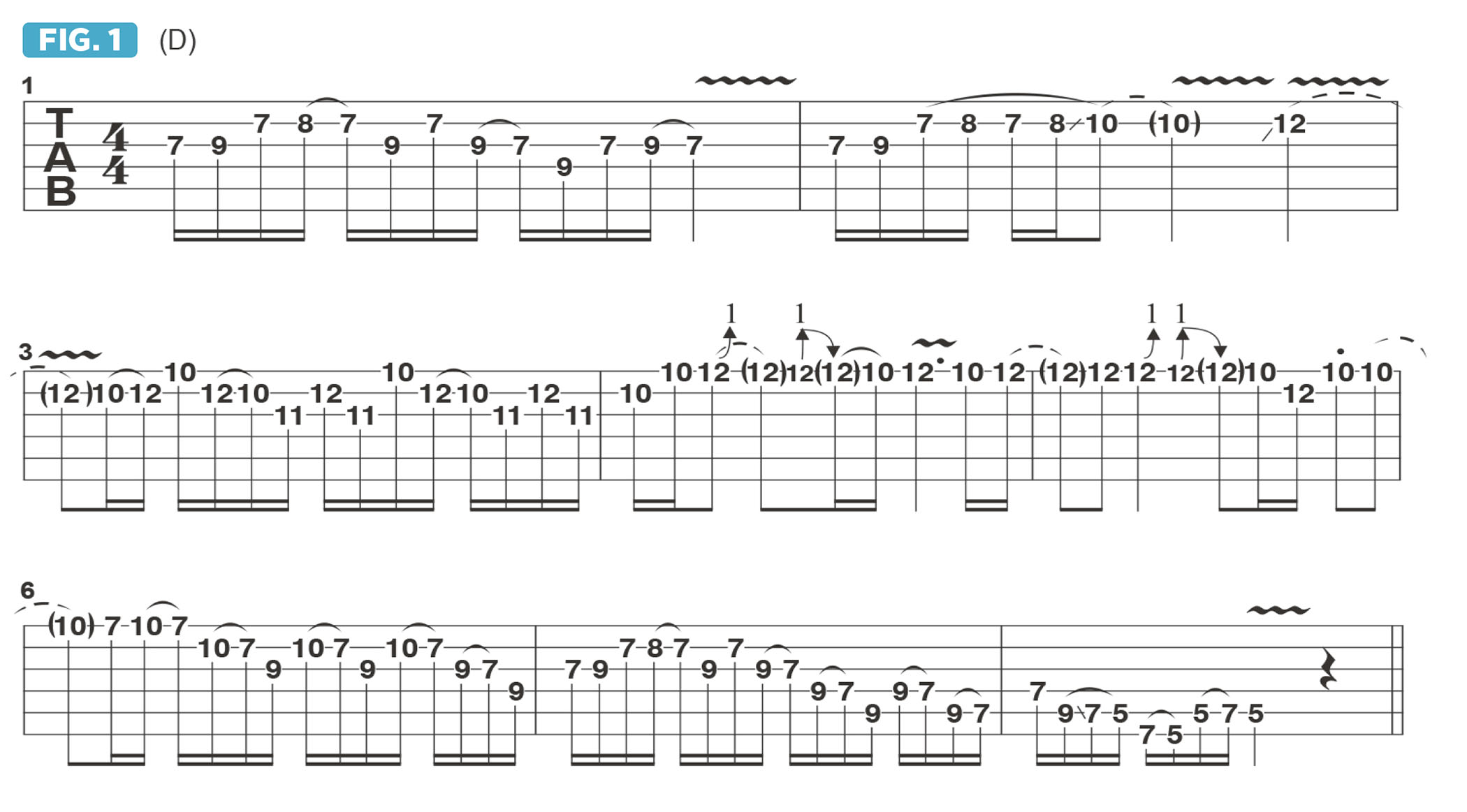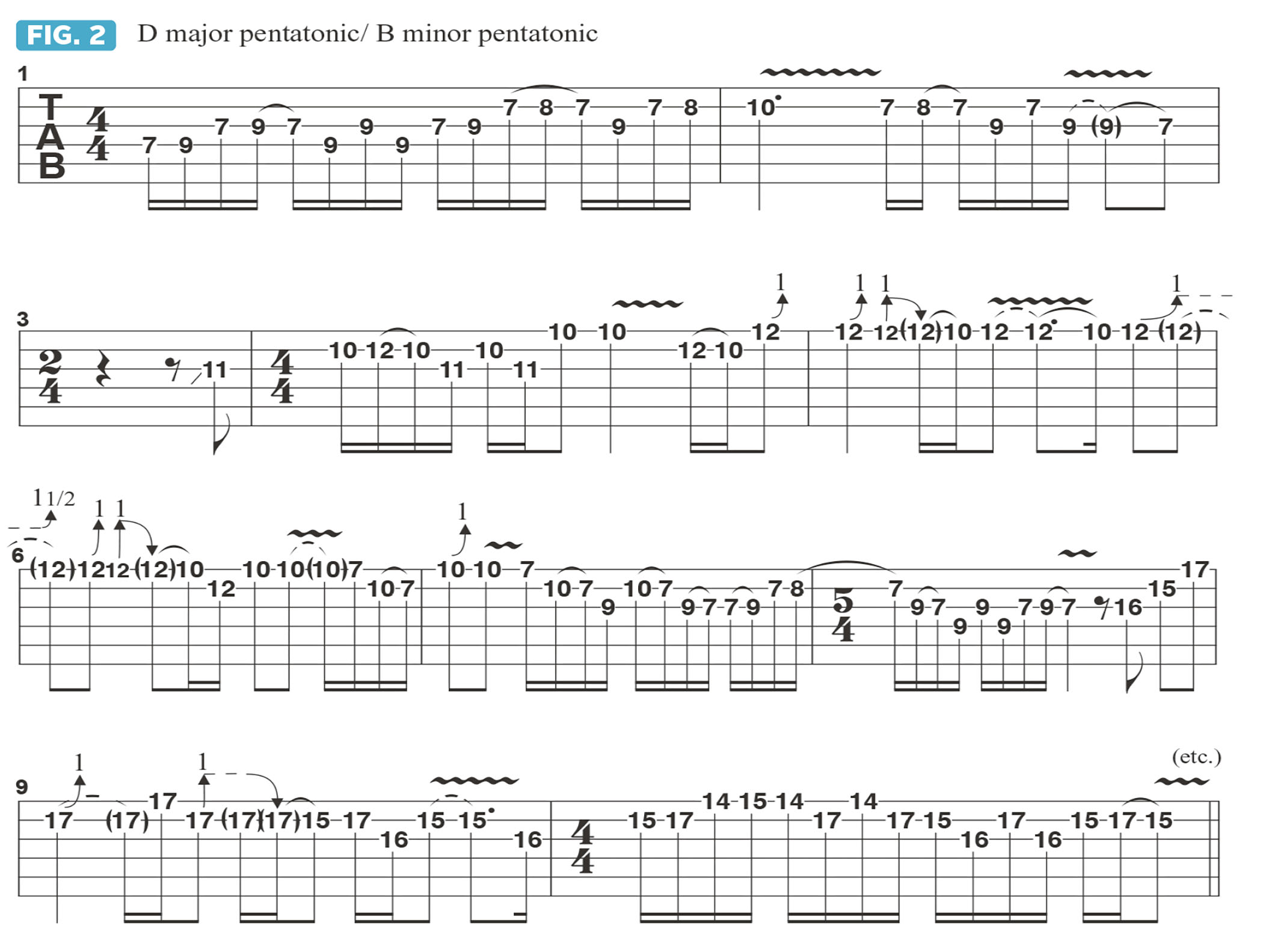“My father talked the owner of the club into letting his six-year-old son (me) sit in the back and watch Dickey perform… That experience changed my life”: Joe Bonamassa pays tribute to one of his biggest influences, Dickey Betts
Les Paul in hand, Bonamassa shows us how the Allman Brothers hero might phrase a solo, and what made him one of the most lyrical and melodic players of all time

This past April, we received the sad news of the passing of Dickey Betts, founding member of the Allman Brothers Band and one of the greatest and most lyrical and melodic guitarists of all time. Dickey became a primary inspiration for me from a very early age and has remained one of my biggest influences.
In 1983, my father was able to talk the owner of Coleman’s Night Club in Rome NY, into letting his six-year-old son (me) sit in the back and watch Dickey perform with his band BHLT, an acronym for Betts, Jimmy Hall, Chuck Leavell and Butch Trucks.
They were sharing the bill with the Gregg Allman Band, which included the great Dan Toler on guitar and his brother Frankie Toler on drums. That experience changed my life! It was the first professional, legendary and mind-blowing live show I ever saw. Dickey came out and killed it; his singing and guitar playing were just phenomenal.
All of the greatest players of all time have a couple of things in common: 1) they all possess a very distinct signature tone, or “voice”; and 2) you can identify who it is from hearing just a couple of notes. This can be said for B.B. King, Eric Clapton, Jimi Hendrix, Jeff Beck, Dickey Betts… the list goes on and on.
Dickey had a truly great and unique style and mostly played a Gibson Les Paul; either a goldtop, which he seemed to prefer in the late ’60s, or a sunburst Les Paul, which he is often seen playing throughout the ’70s.
Additionally, he used 100-watt Marshall amplifiers equipped with either JBL, Altec or Lansing speakers, all of which yield a very clean and bright tone. He most often played with his guitar set on the front (neck) pickup or with both pickups engaged. Rarely will you hear Dickey on the bridge pickup only, and so he set his tone for the optimal sound with the front pickup.
Dickey had a unique way of phrasing his improvised solos; Figure 1 is played in his style, with lines based on the D major hexatonic scale (D, E, F#, G, A, B), which some players refer to as the “country scale.”

This example is played in long streams of 16th notes; Dickey would often punctuate his solos by accenting and briefly holding quarter and eighth notes, often with finger vibrato, which creates a stinging effect.
Notice in particular the “rolling” type of sound that results from using an abundance of hammer-ons and pull-offs and hanging out in a particular position for several beats.
If you think of these lines as being based on D major pentatonic (D, E, F#, A, B), that’s the very same set of notes that make up B minor pentatonic (B, D, E, F#, A), so one can think of them that way too.

Figure 2 offers a long 10-bar phrase that can be thought of as being based on B minor pentatonic, but you’ll hear Dickey play lines like this over D, resulting in the sound of D major pentatonic and its six-note variant, D major hexatonic.
What is rock ’n’ roll without the Allman Brothers Band? Blue Sky, Jessica, Ramblin’ Man… Dickey used the guitar as the ultimate tool to service songs that changed the world, and the music will live on forever.
Get The Pick Newsletter
All the latest guitar news, interviews, lessons, reviews, deals and more, direct to your inbox!
Joe Bonamassa is one of the world’s most popular and successful blues-rock guitarists – not to mention a top producer and de facto ambassador of the blues (and of the guitar in general).
“There are so many sounds to be discovered when you get away from using a pick”: Jared James Nichols shows you how to add “snap, crackle and pop” to your playing with banjo rolls and string snaps
How to find new approaches to blues soloing – using fingerstyle improv ideas and Roy Buchanan-inspired licks








![Joe Bonamassa [left] wears a deep blue suit and polka-dotted shirt and plays his green refin Strat; the late Irish blues legend Rory Gallagher [right] screams and inflicts some punishment on his heavily worn number one Stratocaster.](https://cdn.mos.cms.futurecdn.net/cw28h7UBcTVfTLs7p7eiLe.jpg)


